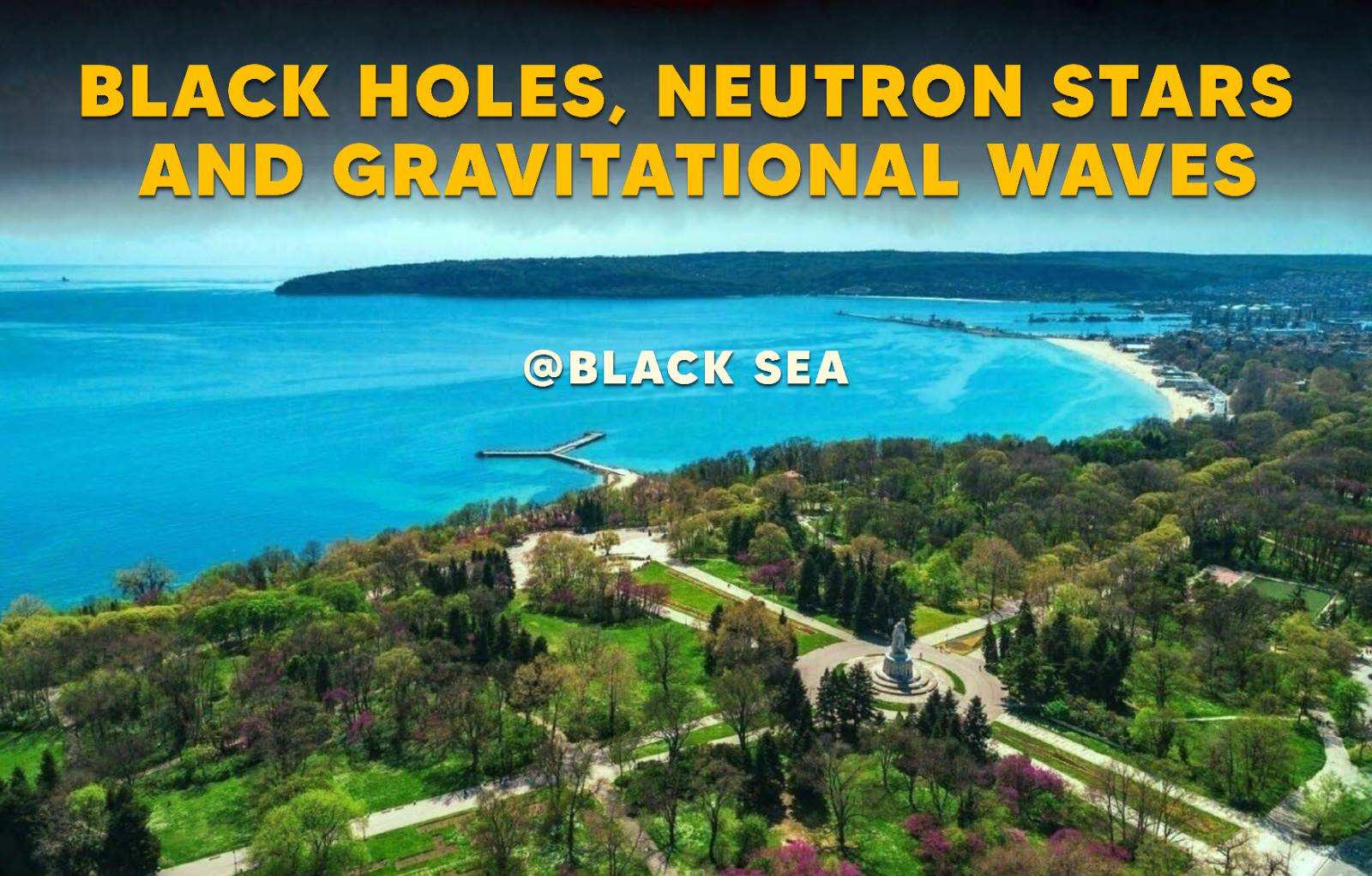Speaker
Description
Horizonless compact objects may produce phenomenological features which distinguish them observationally from black holes. In particular, the images of the accretion disks around them may possess a characteristic morphology including a series of central bright rings instead of a shadow. We demonstrate how the central ring structure arises relating it to the behavior of the deflection angle on the scattering geodesics and the light ring structure of the spacetime. Focusing on reflective naked singularities and wormholes we further discuss whether the central rings can be observed by the present and near-future Event Horizon Telescope (EHT) arrays. While they may be hard to be distinguished by the current capacities, the next-generation EHT will be able to detect them as qualitative deviations in the image morphology. The effect can be further confirmed by measurements of the linear polarization of the emission from the accretion disk. In these cases it forms a characteristic pattern which can serve as an independent channel for detection of horizonless compact objects.

